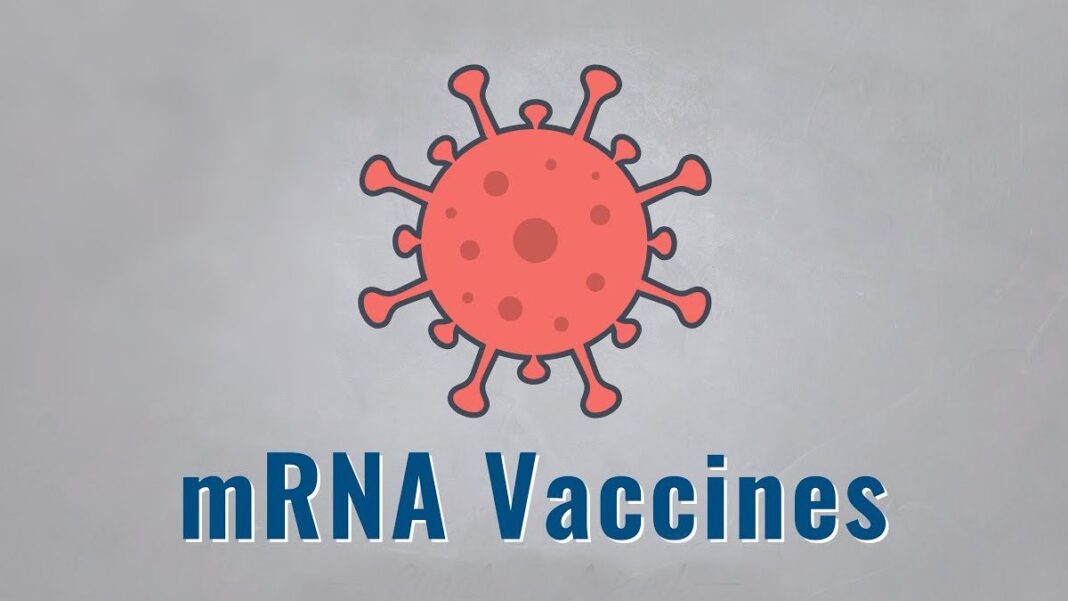A new report demonstrates for the first time the ability of COVID-19 vaccines to penetrate the fetal-placental barrier and reach the intrauterine environment.
A new report suggests vaccine mRNA does not remain at the injection site following vaccination but can “spread systemically” to the placenta and umbilical cord blood of infants whose mothers are vaccinated during pregnancy.
In a peer-reviewed pre-proof accepted for publication in the American Journal of Obstetrics and Gynecology, researchers presented two cases that demonstrate, for the first time, the ability of COVID-19 vaccines to penetrate the fetal-placental barrier and reach the inside of the uterus. Additionally, researchers detected spike protein in placental tissue, indicating the bioactivity of the mRNA in reaching the placenta.
Researchers vaccinated two pregnant women with mRNA vaccines shortly before delivery to determine whether the mRNA in COVID-19 vaccines reached the placenta or fetus following maternal vaccination.
“The primary objective of the study was to investigate the knowledge gaps surrounding mRNA therapies during pregnancy, utilizing the COVID-19 vaccine as a foundation for future mRNA therapeutic developments, given its established use,” the study’s corresponding author, Dr. Nazeeh Hanna, a neonatologist, told The Epoch Times by email.
Researchers Find Vaccine mRNA in Samples
The first patient, “Patient 1,” was a 34-year-old woman at 38 weeks and four days gestation who received two Pfizer vaccine doses and two booster doses—one Pfizer and one Moderna. The Moderna booster dose was administered two days before the delivery of a healthy baby by cesarean section.
The second patient, “Patient 2,” was a 33-year-old woman at 40 weeks gestation. She received two Pfizer vaccine doses. The last dose was given 10 days before vaginal delivery of a healthy baby.
According to the paper, researchers found detectable vaccine mRNA in both placentas tested. The localization of the vaccine mRNA was mainly in the villus stroma—the connective tissue layer that supports the fetal capillaries and villous trophoblast. The villous trophoblast, the primary barrier between maternal and fetal tissues, supports the exchange of nutrients between a mother and her fetus.
Researchers also detected a “notably high signal” of vaccine mRNA in the placental decidua tissue of Patient 1, who received four vaccine doses. The decidua is the specialized endometrium layer that forms the base of the placental bed.









